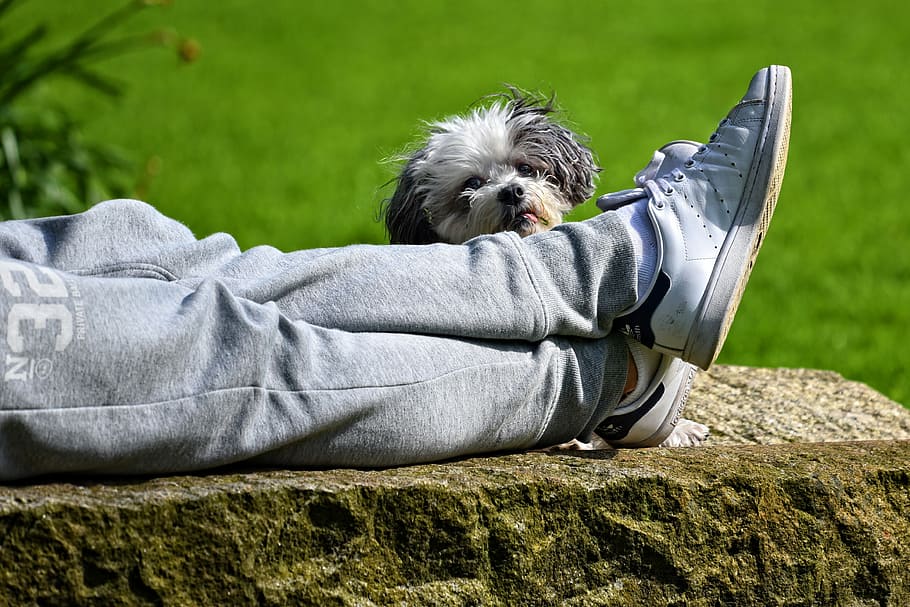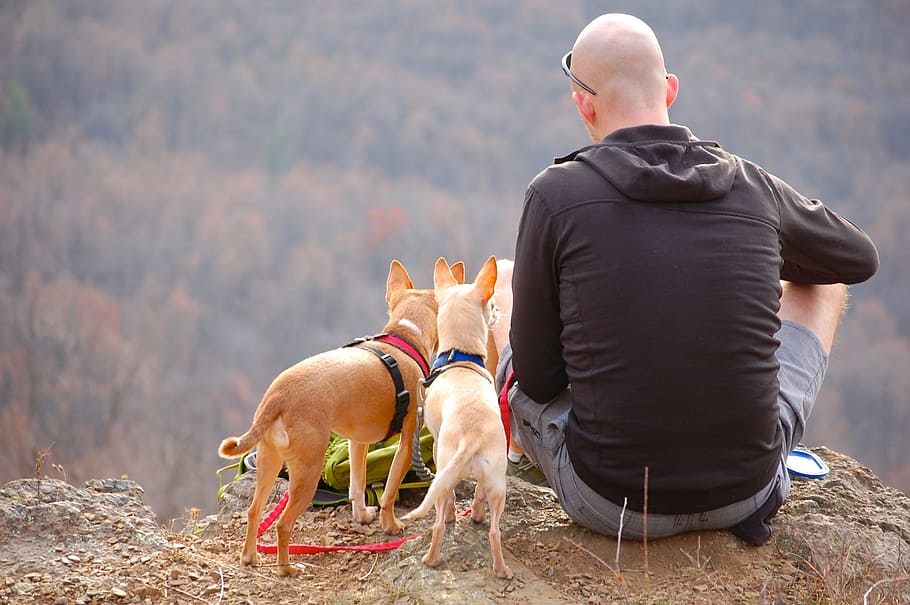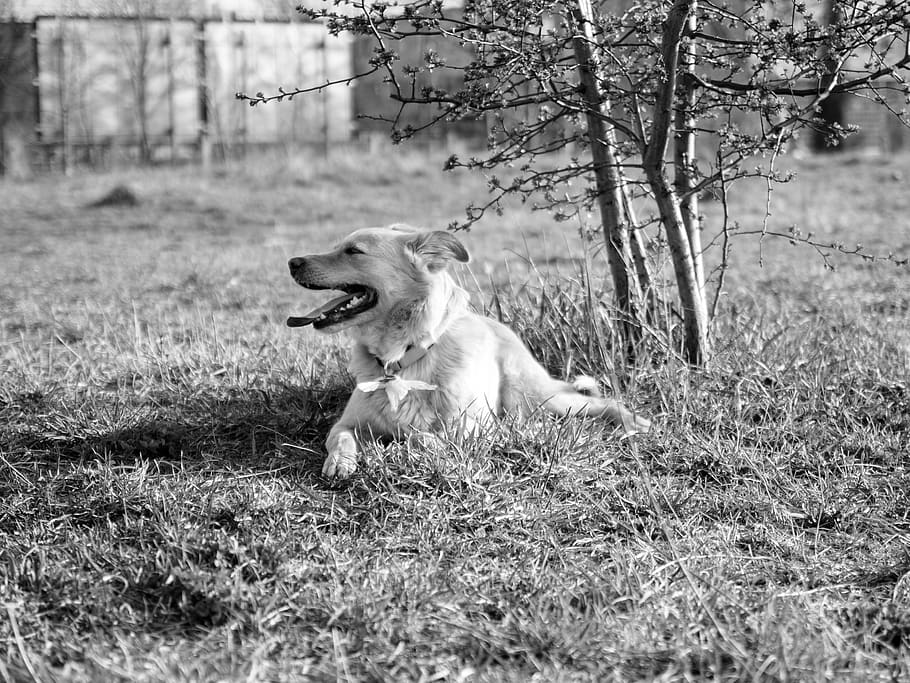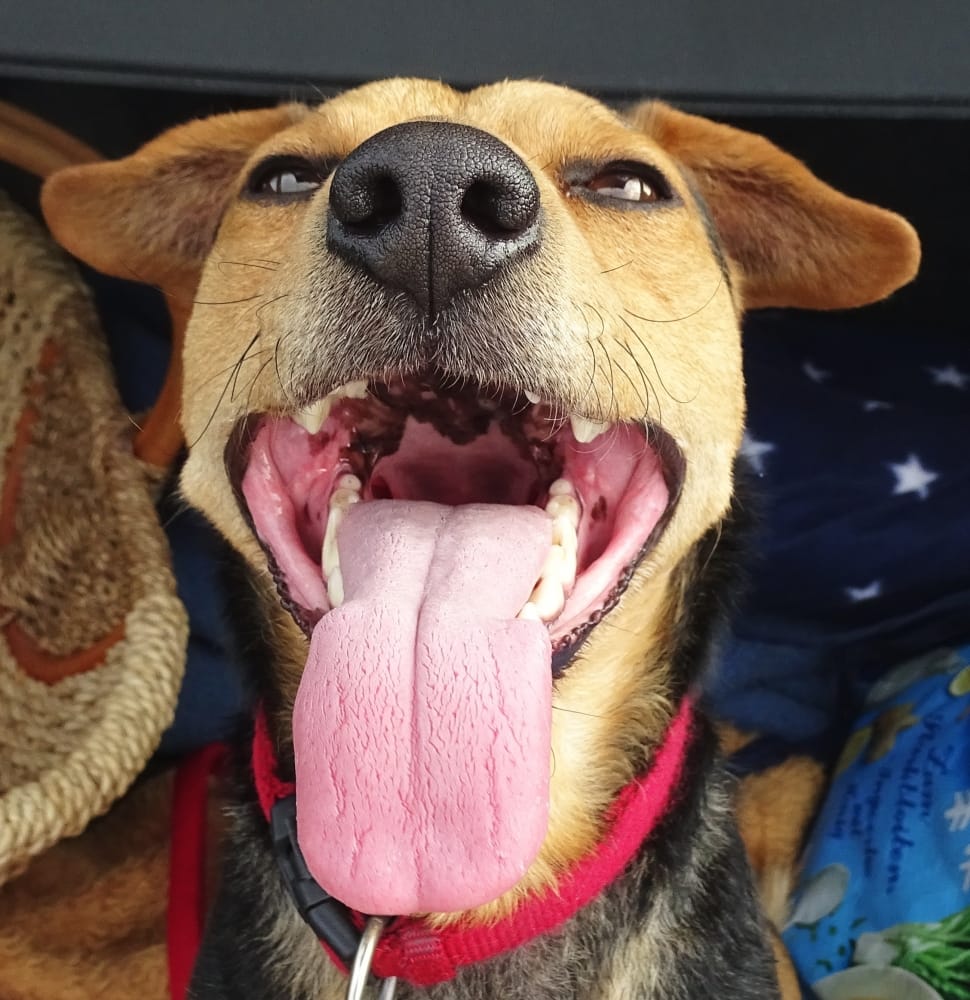Why Do Dogs Pant In The Car ?

Why Do Dogs Pant In The Car :- Dogs, being natural panters, exhibit this behavior ubiquitously, but notably more so during car rides. But why do dogs pant in the car? Panting, akin to sweating in humans, serves as their primary cooling mechanism. However, if your furry friend appears to pant excessively during car trips, it’s crucial to delve into the underlying reasons and adopt strategies to mitigate it.
Frequent panting in the car often stems from unease or anxiety, posing potential risks while driving. Hence, it’s imperative to securely restrain your dog with a purpose-built seatbelt to prevent distractions on the road.
For further insights into managing car-related canine behavior, consider exploring resources addressing issues such as barking or whining.
While occasional panting is normal during car journeys, vigilance is key. Be attuned to accompanying signs such as wheezing, whimpering, or trembling, as these may signal distress beyond mere thermoregulation. Recognizing these cues enables you to ensure a smoother and more comfortable ride for both you and your beloved four-legged companion.

Why Do Dogs Pant In The Car Common Reasons Dogs Pant In The Car
DOG PANTING: MORE THAN JUST HEAT
Understanding why dogs pant excessively in the car goes beyond just heat regulation. While it’s true that dogs primarily pant to cool down, several other factors could contribute to this behavior, demanding proactive measures for their well-being and your peace of mind.
KEEPING COOL AND HYDRATED
Panting due to heat is a common occurrence, especially during car rides. Ensure your furry friend stays cool by maintaining a comfortable temperature in the car or using the AC to cool it down promptly. Planning ahead on hot days by pre-cooling the car or allowing fresh air circulation can prevent overheating.
Additionally, remember that dehydration exacerbates heat-related panting. Prioritize water breaks during stops, offering clean water to keep your dog hydrated throughout the journey. Avoid the temptation to limit water intake to minimize stops; instead, schedule regular breaks every couple of hours to cater to your dog’s needs.
ADDRESSING DISCOMFORT AND ILLNESS
Panting might also indicate discomfort or illness, such as motion sickness or underlying pain. If motion sickness seems to trouble your pet during car rides, consult your vet for suitable medications or explore home remedies to alleviate their discomfort effectively.

Similarly, vigilant observation can help identify signs of pain or injury, prompting timely intervention. Check for any visible injuries or signs of distress, especially focusing on the paws for potential issues. Promptly addressing any discomfort ensures a smoother and more comfortable journey for your furry companion.
EASING ANXIETY AND STRESS
Psychological factors, such as stress and anxiety, can trigger panting, even in the absence of physical discomfort. Watch out for accompanying signs of stress, including yawning, lip licking, and restlessness, particularly if your dog exhibits fear or aversion to car rides.
Invest time and effort in acclimating your dog to car travel, employing positive reinforcement techniques to create a more positive association with the experience. Explore strategies outlined in resources like the ‘Travel Tips for Dogs Who Really Hate the Car’ blog to gradually desensitize your pet to car-related stressors.
PRIORITIZING COMFORT AND SAFETY
Creating a safe and comfortable environment is paramount to reduce panting and ensure your dog’s well-being during car journeys. Provide them with a designated, secure space in the car, such as an elevated lookout seat or a cozy hammock seat cover, tailored to their size and preferences.
By prioritizing your dog’s health, safety, and comfort, you not only mitigate excessive panting but also cultivate a more enjoyable and stress-free travel experience for both you and your beloved companion.

Why Do Dogs Pant?
Dogs have a myriad of reasons for panting! From regulating body temperature to expressing emotions like fear, excitement, or stress, panting serves as a versatile communication tool for our furry companions.
While occasional panting is par for the course, it’s essential to monitor for signs of distress. Wheezing, whining, or unusual sounds warrant prompt veterinary attention, as they could indicate underlying issues such as respiratory distress or allergic reactions.
Maintaining awareness of your dog’s panting patterns and accompanying behaviors ensures timely intervention when needed, safeguarding their well-being and fostering a deeper understanding of their needs.
Why Do Dogs Pant In The Car How to Calm Your Dog Down In the Car
Effective strategies exist to address panting in the car, primarily through counterconditioning and prevention techniques:

Counterconditioning involves reshaping your dog’s negative perception of car rides by gradually introducing positive associations. Begin with short trips around the neighborhood to demonstrate that car rides can lead to enjoyable experiences. Gradually incorporate pleasant outings like playdates or trips to the park to reinforce positive associations.
For dogs exhibiting extreme fear or reluctance to enter the vehicle, it’s crucial to restart the training process from scratch. With puppies, proactive desensitization during the socialization phase can instill positive associations with car rides from the outset.
Prior to initiating training, ensure you have the necessary gear, including a back clip harness and elastic seat belts for safety. Never attach the seat belt to your dog’s collar, as this can pose a serious risk. Opt for a car seat cover to protect both your dog and your vehicle’s interior.
Consider seating arrangements based on your dog’s size and comfort level, with some dogs benefiting from being placed in the front seat to alleviate nausea. Transport crates provide a secure and comfortable environment for dogs who struggle with car rides.
Enhance your dog’s comfort by providing familiar items such as favorite toys or clothing with your scent. Additionally, create a cozy space in the car with familiar blankets or consider using a ThunderShirt for added reassurance.

Both counterconditioning and desensitization involve structured training methods, though desensitization may require a slower pace and reduced reliance on luring to address anxiety effectively.
By implementing these strategies and prioritizing your dog’s comfort and safety, you can help alleviate panting and create a more positive car travel experience for both you and your canine companion.




